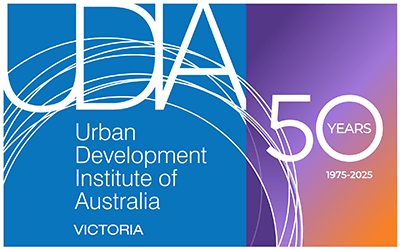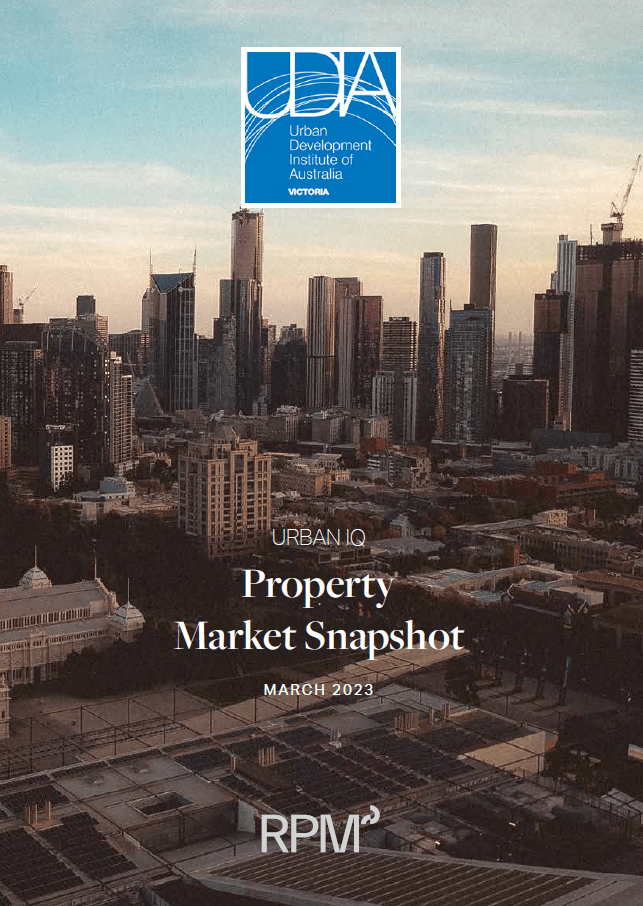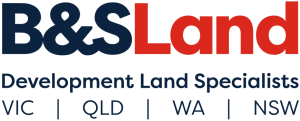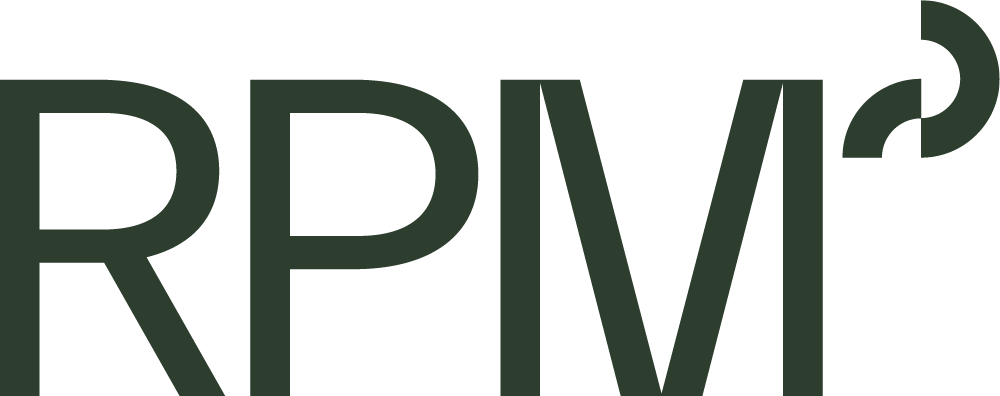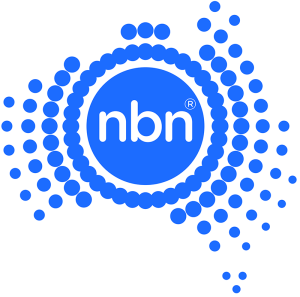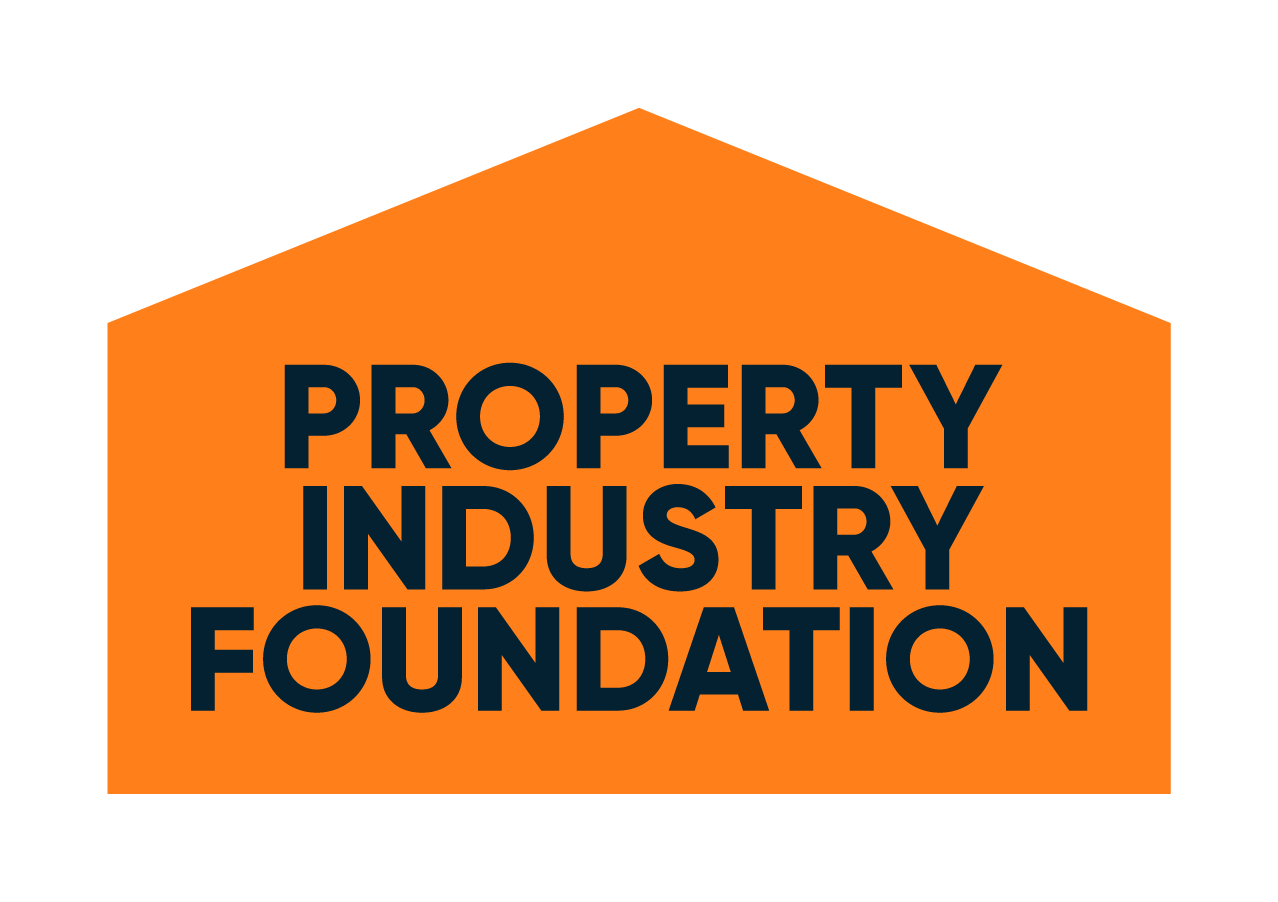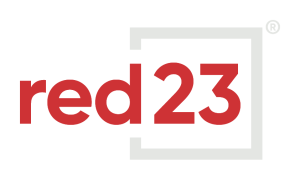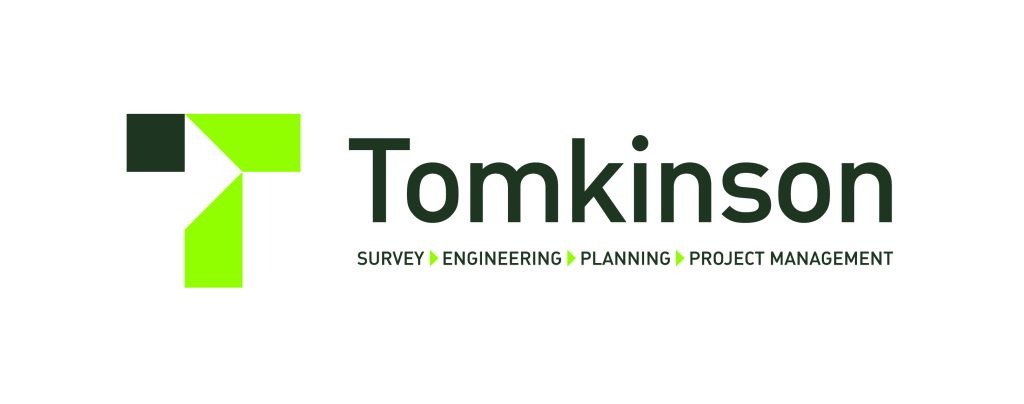UDIA Victoria, in partnership with RPM Group, has released the latest quarterly URBAN IQ research publication.
The research provides data, research and analysis to help our members understand the conditions in which we are operating.
Read the full Urban IQ Q1 here
Summary of Key Findings
Economic Overview
- Gross Domestic Product
Quarterly GDP shows a reduction of momentum in the economic growth with the 0.23% result being roughly a third of that achieved in the previous two quarters. - Household Savings Ratio
Wage growth has not matched inflation and the rise in residential lending rates, resulting in a decline in real disposable income. Increasingly, households are dipping into savings to cover expenses. - Household Consumption
Given the reduction in real wages, it is perhaps no surprise that spending on ‘essential consumption’ has increased while discretionary items such as household equipment, and the purchase of vehicles saw the largest quarterly declines (-2.4 and -2.2% respectively). - Interest Rates
4.10% Cash Rate (Jun 23)
8.27% Standard Variable Rate for Owner Occupiers (May 23)
6.76% Discounted Variable Rate (May 23)
5.96% 3 Year Fixed Rate (May 23)
While acknowledging slowing household consumption levels and economic growth, the RBA remains determined to avoid high inflation becoming entrenched, continuing its escalation in cash rate to 4.1% in June 2023. - CPI and the New Dwelling Index
7.0% Australian CPI Q1 year on year.
1.15% CPI Index for new dwellings Q1 2023.
1.56% CPI Index for rents Q1 2023. - Labour Markets
Victorian labour market conditions improved through May, with 26,600 new jobs added and the state’s unemployment rate improving to 3.7% in line with national averages. - Wages vs. CPI
Hourly rates of pay index for Victoria rose by 0.69% quarterly and 3.48% annually representing the highest annual increase in over a decade. Despite this, inflation continues to outpace wage increases resulting in a decline in real household disposable income. - Market Sentiment
April’s pause on rate hikes gave sentiment a brief lift, but the reading of 79.0 continues to represent pessimism among the marketplace. - NAB Business Conditions Index
Business conditions remained positive in April, bolstered by solid profitability and employment readings. However, a growing divergence amongst businesses is presenting, suggesting headwinds through to the end of 2023. - Victorian Population
Victoria’s population increased 39,695 in Q4 2022 (latest available data), the highest increase post pandemic. Victoria’s interstate migration continues to improve with an outflow of 900 persons. This compares to over 6,000 during the height of the pandemic. - Active Estates
Active estates have been on an upward trend across most growth corridors over the last twelve months, recording a net gain of 22 estates overall. - Lot Supply
New supply has improved through 2023, releases during the three months to May 2023 escalating by 45% in the previous three-month period. - Lot Sales
Gross lot sales have picked up during the three months to May 2023, increasing by 20% on the previous three-month period, although remain relatively low as evident by the 62% annual decline. - Lot Price Change
Recent quarterly movements in median lot values suggests prices are stabilising, with some downward pressure coming through. - Share of Sales by Corridor
The Northern Growth Corridor’s proportion of lot sales converged on that of the Western Growth Corridor, while new home demand struggles for momentum in regional areas. - Lot Price Change
Most growth corridors experienced both quarterly and annual lot price growth, although these gains will have been eroded after deducting rebates and incentives from headline values. - Lot Sizes
Median lot sizes have stabilised, with limited scope to decrease further without beginning to impact on desired home size, particularly within Melbourne growth corridors. - Melbourne Residential Market
$955,000 = Median House Price.
-1.0% change from Q4 2022.
-14.2% from Q1 2022.
$611,000 = Median Unit Price.
-1.8% change from Q4 2022.
-10.0% from Q1 2022.
$380,000 = Median Lot Price.
-0.5% change from Q4 2022.
+3.8% from Q1 2022.
Lot prices have so far continued to defy market conditions, with the median lot value edging down for the first time by a modest 0.5% in Q 2023 to $380,000. This still represents the second highest figure on record, and it should be noted that while prices edged down, median lot sizes fell by 2.2%, resulting in a higher per square metre price.
Building Activity
- Victoria Building and Finance Activity
Total owner occupier loan approvals are down -20% vs. last quarter at a total of 21,098.
Average first home buyer loan size is down -1.9% reflecting a withdrawal of buyers who traditionally transact at the more affordable price brackets – $495,643. - Detached Home Approvals Activity
11,283 approvals were recorded over Q1, equating to a reduction of 30.8%. - Approvals and Commencements
11,283 dwelling approvals were recorded in Q1 2023, down 31% quarterly and 27% year-on-year. - Commencements
Commencements are projected to reach 54,990 dwellings over FY23, which would be an 18% annual reduction. Commencements are anticipated to continue their decline, albeit at a slower rate of 3% in FY 24 and 1% in FY25. - Growth Area Affordability
Historically, the common benchmark for identifying housing stress in Australia has been identified as those that allocate at least 30% of disposable household income to finance their mortgage. This ratio has been in place for decades but recently, there is a growing view that the ratio should be closer to 35% to 40% to reflect today’s market.
Even with this revised ratio – there are now just 5 suburbs across the Melbourne and Greater Geelong growth corridors with a household income ratio between 35% and 39%, highlighting constrained affordability and interest rate rises pushing additional suburbs into less affordable brackets.
Outlook
TAILWINDS
- Re-opening of state and international borders
Net overseas migration is a key driver of economic growth. Its return will boost economic activity and alleviate staff shortages across industries. - Tight labour market to underpin wage growth
Wage growth is on the rise – up to the low 4.0%’s. - Melbourne’s Reputation
Melbourne’s reputation has remained in place. Students and investors are coming back.
HEADWINDS
- Consumer confidence
Now at a lower level than during the pandemic, with affordability concerns at the centre of focus. - Ongoing conflict in Eastern Europe
May exacerbate supply chain issues, resulting in further inflationary pressures, particularly on oil. - Further cash rate rises
RBA maintains tightening bias towards interest rates with inflation remaining well above target range 2-3%. - Construction Costs
Although growth in construction costs is slowing, they will remain elevated and not go backwards.

The Urban IQ Property Market reports are produced for UDIA Victoria by RPM Group.
The reports provide a quarterly update on the Victorian residential market including economic activity, prices, finance, building, sentiment and affordability metrics.
